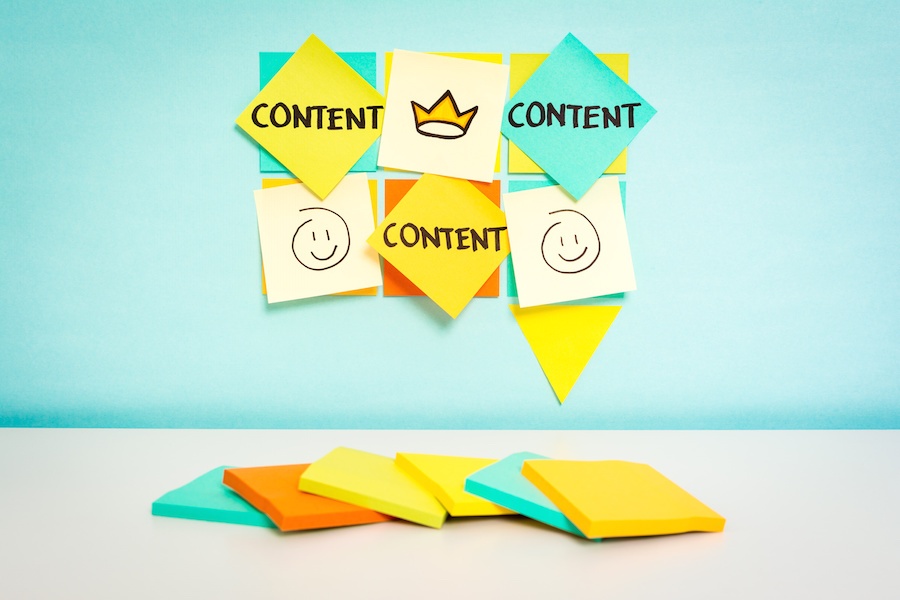You’ve identified your ideal Buyer Personas, you’ve got remarkable content, and you’re attracting new and qualified visitors. Now it’s time for the next step, convert those visitors into leads. So what exactly is a lead you ask?
Related Blog: 4 Tips for SEO Blogging to Leave Your Competition in the Dust
A lead is anyone who further engages with your business, be it by subscribing to your newsletter, filling out a form on your website, or clicking on a Call-to-Action to download an offer. You want a visitor to take some sort of action, so that you can now be aware that they are a qualified lead. You will also want to provide different ways for people to engage with you, since not everyone visiting will be at the same place in the sales funnel.
What’s the best way to convert visitors into leads? That depends on your product or service. Forms, calls-to-actions (CTAs), and landing pages are usually the best ways to convert your visitors into leads. Why? Because in the Inbound Methodology contact information is the currency. To ensure for this exchange in currency, you need to make sure that your offer is worth the information you are asking your visitors to give you. If you are making your visitors do too much work to get an offer that doesn’t match the effort they’ve put in, they won’t be likely to finishing filling out that form and probably won’t be returning to your site. They’ll simply move on to finding someone who they feel has better offers.
Your main focus should be educating your ideal customer. Address their concerns and challenges by providing them with the information they need to either solve their problem or further educate themselves. The educational value present on your website should be related specifically to their general problem, not how their problem can be solved with your product or service. That sort of information should be saved for later in the Buyer's Journey.
Inbound marketing is all about getting your educational information in front of the right audience at the right time. It’s very important to know exactly where your ideal customer is in their Buyer’s Journey. You don’t want to give too little information or ask them for too much information. Are they in the awareness stage and just learning about their concerns? Or are they in the consideration stage and trying to figure out what will best solve their issue? Every stage of the Buyer’s Journey will require different levels of information asked for and given to help the buyer progress through.



-1-1.png)

